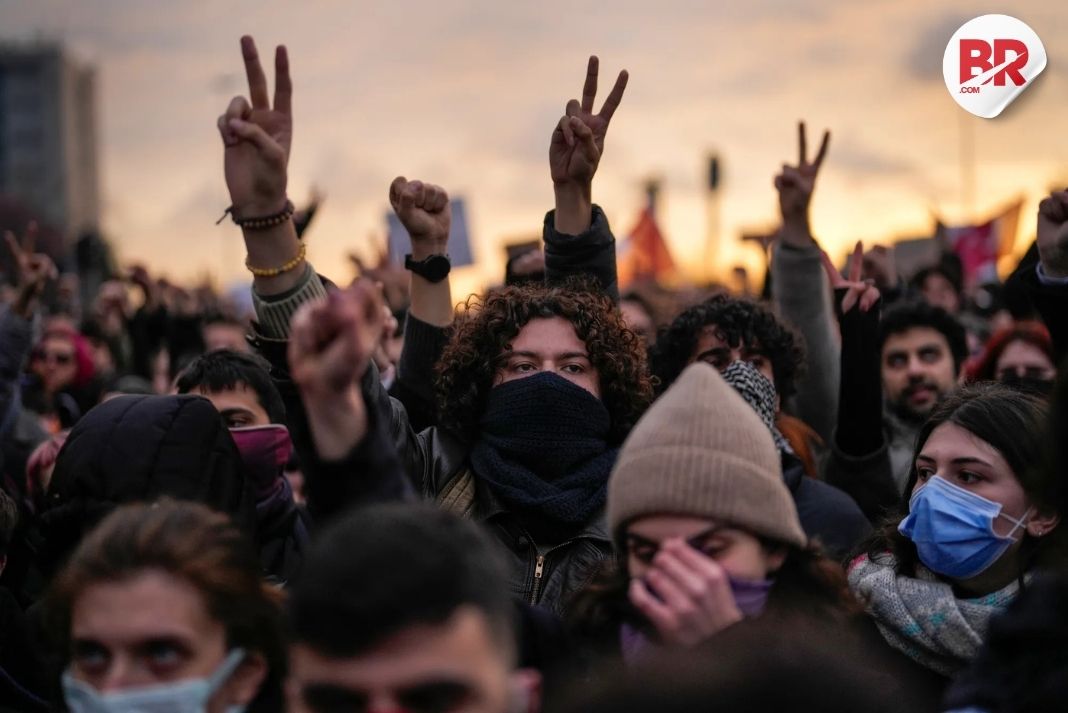
India suspended the Indus Waters Treaty (IWT) — a water-sharing agreement between India and Pakistan signed in 1960. This decision has created panic in Islamabad, with Pakistan’s Prime Minister Shehbaz Sharif calling for urgent steps to deal with the possible water crisis.
Why is Pakistan Worried?
India’s move has put Pakistan in a difficult position because the country heavily depends on water from the Indus River and its tributaries. About 80% of Pakistan’s water supply comes from these rivers, and most of it is used for farming.


Read More: Chenab River Water Flow from India to Pakistan Drops by 91,000 Cusecs in 48 Hours
After India’s decision, Sharif urged all provinces to increase water storage capacity and speed up work on the Diamer-Bhasha Dam, a long-delayed project on the Indus River. He said Pakistan needs better systems for water storage and energy production.
Background: What Happened?
India decided to suspend the treaty after the Pahalgam terror attack on April 22, which was blamed on a Pakistan-based terrorist group. Following this, Prime Minister Narendra Modi clearly said that “blood and water cannot flow together.” India stopped sharing important water data with Pakistan, such as flood warnings and irrigation details for farming seasons.
What is the Indus Waters Treaty?
The treaty was brokered by the World Bank in 1960. According to the agreement:
- India could use water from the eastern rivers – Sutlej, Beas, and Ravi.
- Pakistan could use water from the western rivers – Indus, Jhelum, and Chenab.
The Dam and Budget Issues
The Diamer-Bhasha Dam was first proposed in the 1980s, but it never got completed due to issues like high cost, environmental concerns, and location problems.
Now, even as PM Sharif is pushing for progress on this dam, the Pakistani government is planning to cut funding for the water and energy sectors because of its ongoing financial problems. The water sector’s budget is expected to drop from Rs 135 billion to Rs 109 billion in the next financial year.
Also See: China Could Stop Brahmaputra Water, Threatens Pakistan. Should India Worry?
What Is India Doing Now?
India has already started to fill up and flush its hydroelectric plant reservoirs. This not only helps in cleaning the reservoirs but also boosts power generation.












